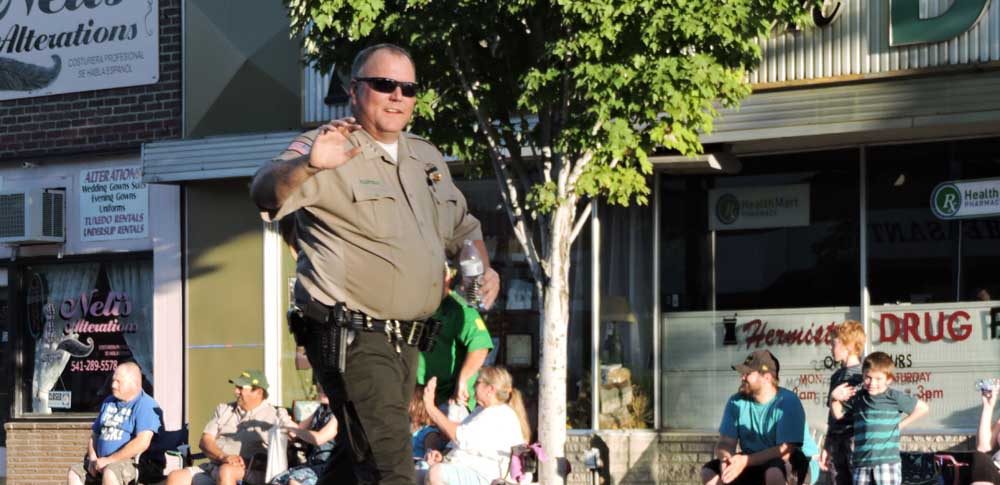Skookum doll fine example of its type
Published 12:13 pm Wednesday, October 8, 2003
PENDLETON – Mary Holm brought her Skookum doll home to Pendleton with her move here in July.
She received the doll as a gift from her father, Walter Mitchell, in the early 1950s while she was living in Snohomish, Wash. He bought it at the Pendleton Round-Up and she said she always knew it was special. She recalls she would take it out of its special storage place and look at it and then carefully put it away. She didn’t play with it as a child, nor did she share it with many people.
Despite three moves, the 18-inch doll is in good condition. Most of the dolls are shorter than Holm’s treasure, averaging nine to 11 inches.
Skookum dolls are characterized by their eyes looking to one side and by a blanket wrapped to look like arms. The doll’s body is made from a block of wood that has been padded and wrapped. Holm’s doll glances to the right, thought by some to represent good health and recovery. Fewer of the dolls glance to the left, thought to represent death or misfortune.
Patented by Mary McAboy of Missoula, Mont., in 1914, the dolls heads originally were made with apples pinched into facial features as they dried and with pins added for eyes. The earliest dolls did not have feet. By the 1950s, the dolls were made with plastic faces and feet and dressed to reflect the times, but the blanket and side-glancing eyes remained. Human or horse hair was generally replaced with mohair.
Holm is the granddaughter of John and Eunice Guerrant Mitchell and great-granddaughter of Dr. Walter Lee and Margaret Missouri Heazel Guerrant of Holdman.
Skookum is a Siwash Indian word for excellent or “bully good” printed on the label attached to one or both feet of pre-1950s dolls.
Sandy Holtz can be reached at 1-800-522-0255 (ext. 1-225) or by e-mail at sholtz@eastoregonian.com.





